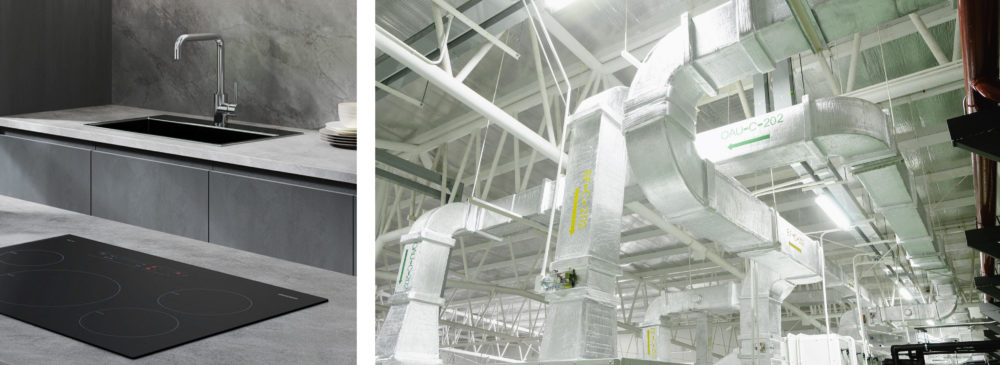The science of healthy buildings
Healthy and sustainable buildings are the future of architecture. While the environmental case for such design is clear, there is increasing evidence that shows such buildings can also have a positive return on investment through savings in energy and maintenance costs.
These advancements broaden the opportunity for integration and adoption of healthy building design and practice from what typically would only be available in luxury projects to more affordable projects that serve diverse and lower-income communities.

Healthy buildings have been shown to reduce the number of sick days, absenteeism and increase inhabitants’ performance. A study of a government building in the Netherlands showed a four fold return over the projected lifespan of the building. Numerous studies document the negative impact of poor air quality on the inhabitant. Within the education world there are over 200 scientific studies documenting how a school building impacts student and teacher cognitive performance and physical and mental health. 1
Sustainable buildings reduce the amount of embodied carbon in a project by careful selection of materials. During design and construction, our office uses energy efficiency data to analyze emissions and other such metrics that inform the development of the project in order to reduce both embodied and operational carbon emissions. At our project for the Evergreen Charter School modeling shows we should achieve a value of 55 k/btu/sf (173 kWh/m2) and our carbon footprint is estimated to be 280 kgCO2 e/m2; a typical existing school building can require up to 200 k/btu/sf (631 kWh/m2).

Computer modeling programs enable our office to incorporate data points from across disciplines, which means energy efficiency analysis of building systems is present from the beginning of the design phase. After construction, sensors can be distributed throughout the building for monitoring of indoor conditions like air quality, temperature and energy production and consumption rates, which can then be displayed to the inhabitants to engage with in real time.
- 1 Allen, Joseph G. and Macomber, John D. "Healthy Buildings" highlight a wide range of scientific studies within schools showing the link between environmental factors and student performance.